Phone: 208-254-2095
The Southeast ID Guide to Pest and Weed Control: A Deep Dive
Introduction
Every Southeast Idaho homeowner knows the tug-of-war between cultivating a beautiful garden and warding off unwelcome pests and weeds. With 208 Lawn Care as your partner, let’s explore comprehensive strategies to ensure your landscape remains pristine and flourishing.
1. Recognizing the Culprits
Pests to Watch Out For:
From aphids and whiteflies to Japanese beetles, recognizing the pests that frequent Southeast Idaho is crucial. Armed with this knowledge, you can create specific, effective counterstrategies.
Common Weeds in the Area:
Dandelions, crabgrass, and thistles are just a few culprits that might invade your lawn. Early identification can help implement timely interventions.
2. Natural Defenders in Your Garden
Harness the power of beneficial insects! Ladybugs devour aphids, while nematodes can tackle certain grubs. Introducing and supporting these allies can offer an organic defense against pest invasions.
3. The Organic Arsenal
For Pests:
Neem oil, insecticidal soaps, and diatomaceous earth target specific pests without resorting to harsh chemicals. Regular applications, especially after rains, can keep invaders at bay.
For Weeds:
Corn gluten meal acts as a natural pre-emergent, and vinegar can tackle young weed sprouts. For more persistent weeds, manual removal might be the most effective and eco-friendly method.
4. Prevention is Key
A well-maintained garden is your first line of defense. Regularly aerate your lawn, ensure proper drainage, maintain optimum mowing height, and feed your plants appropriate nutrients. A healthy garden can naturally resist many pests and weeds.
5. Advanced Tactics: Barrier and Biological Controls
Barriers:
Mulches can prevent weed germination by blocking sunlight. Similarly, using row covers or garden fabrics can shield plants from certain pests.
Biological Controls:
Bacillus thuringiensis (Bt) is a naturally occurring bacterium that targets specific pests without harming beneficial insects.
6. Responsible Use of Herbicides and Pesticides
If you must resort to chemical solutions, always opt for targeted and eco-friendly options. Remember, 208 Lawn Care provides guidance on the most effective and safe products tailored to Southeast Idaho's conditions.
7. Embracing Technology
Modern tech, like soil moisture sensors, can help optimize irrigation, making conditions less favorable for certain pests and weeds. Drones can monitor large gardens for pest hotspots, ensuring timely interventions.
8. Collaborative Approach: Community Knowledge Sharing
Pooling knowledge with neighbors can enhance pest and weed control strategies. After all, if one garden faces a challenge, nearby gardens might too. Local workshops, community forums, and collaborative buying of organic control products can be both cost-effective and educational.
Conclusion
Pest and weed control in Southeast Idaho isn't just about maintaining aesthetics; it's about fostering a healthy, balanced ecosystem in your garden. With this guide and 208 Lawn Care by your side, you’re equipped to face any challenge and ensure your garden thrives.
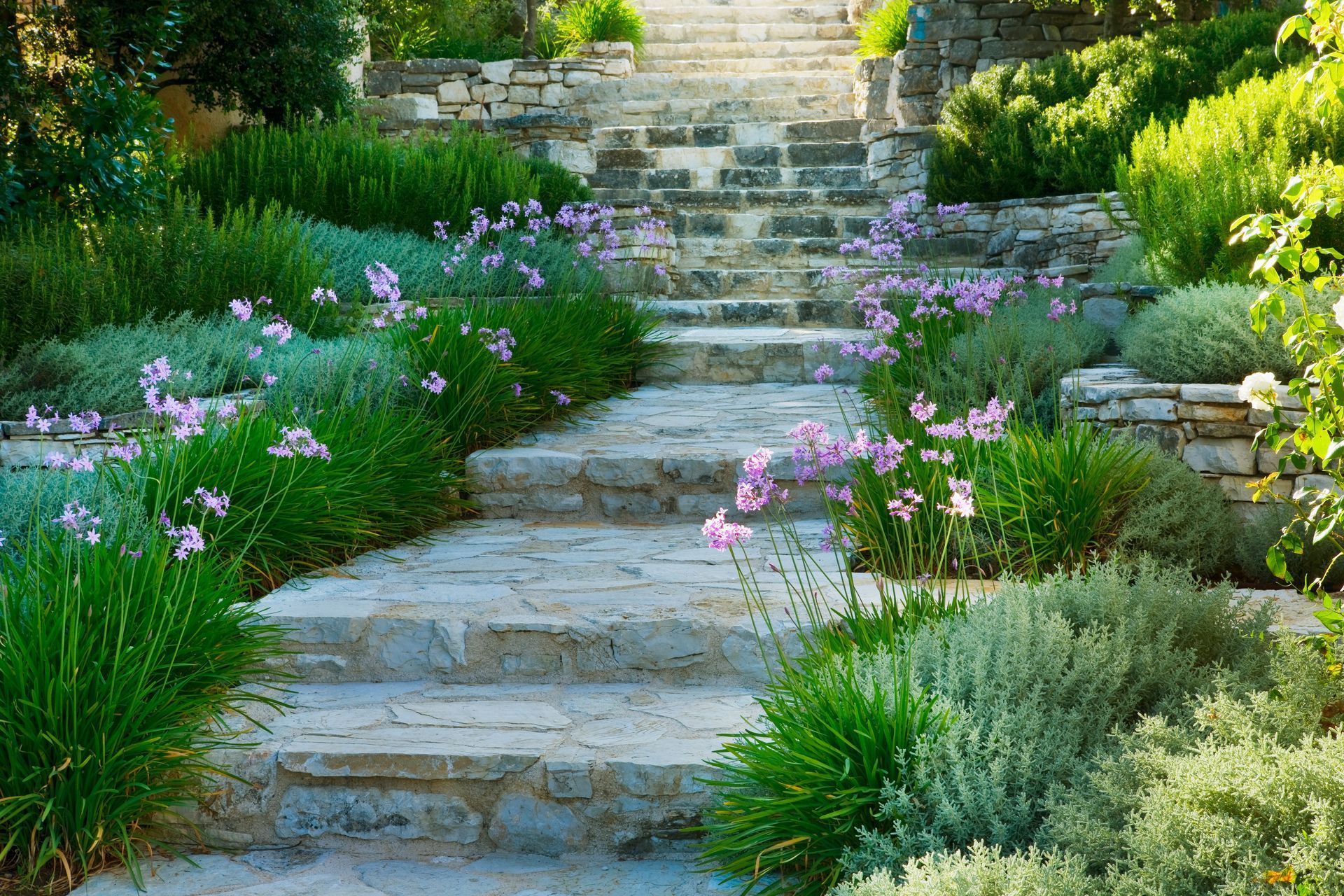

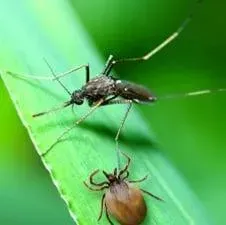


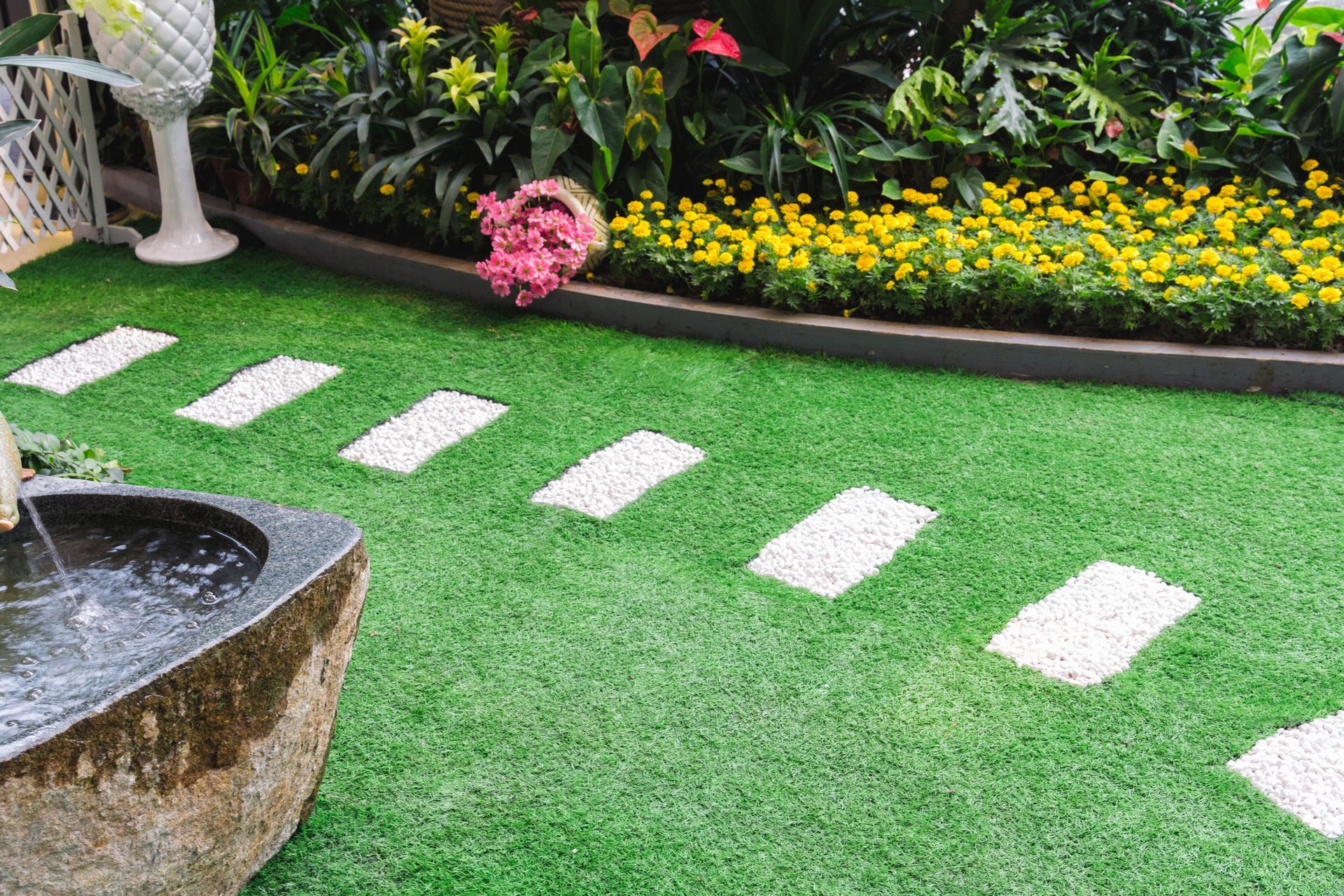

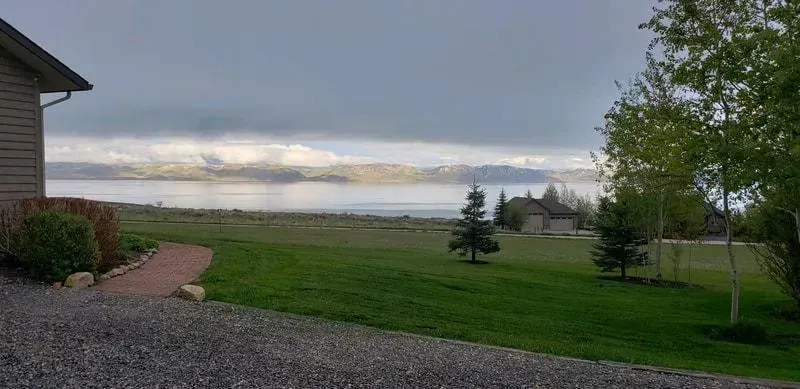
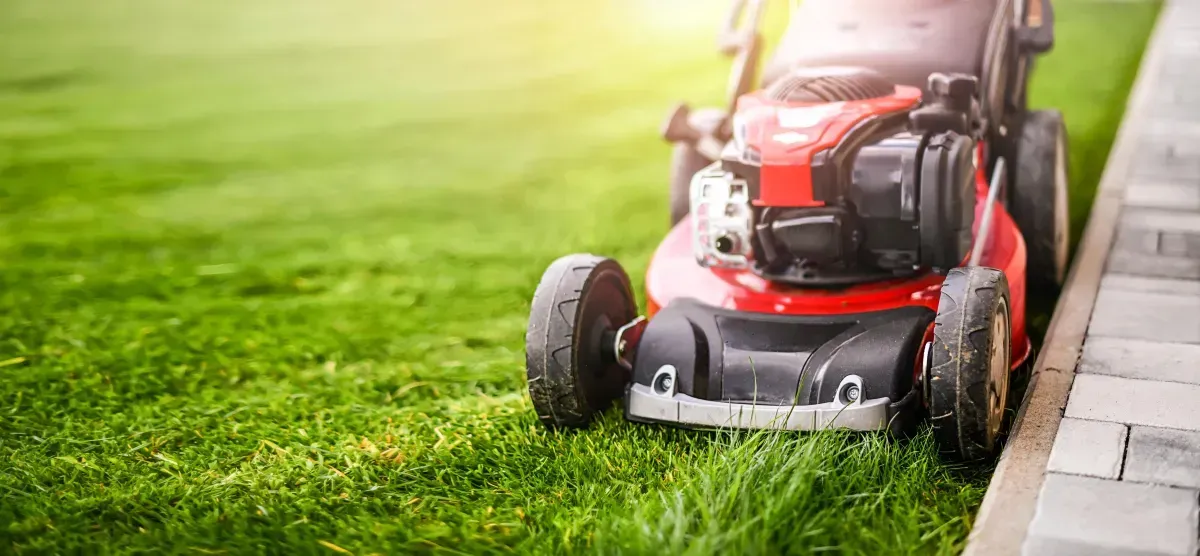

Quick Links
Contact Information
Phone: 208-254-2095
Email: Office@208lawncare.com
Address: 586 E 2nd S Soda
Springs, Idaho 83276
Business Hours:
- Mon - Fri
- -
- Sat - Sun
- Closed
Social Media Links
